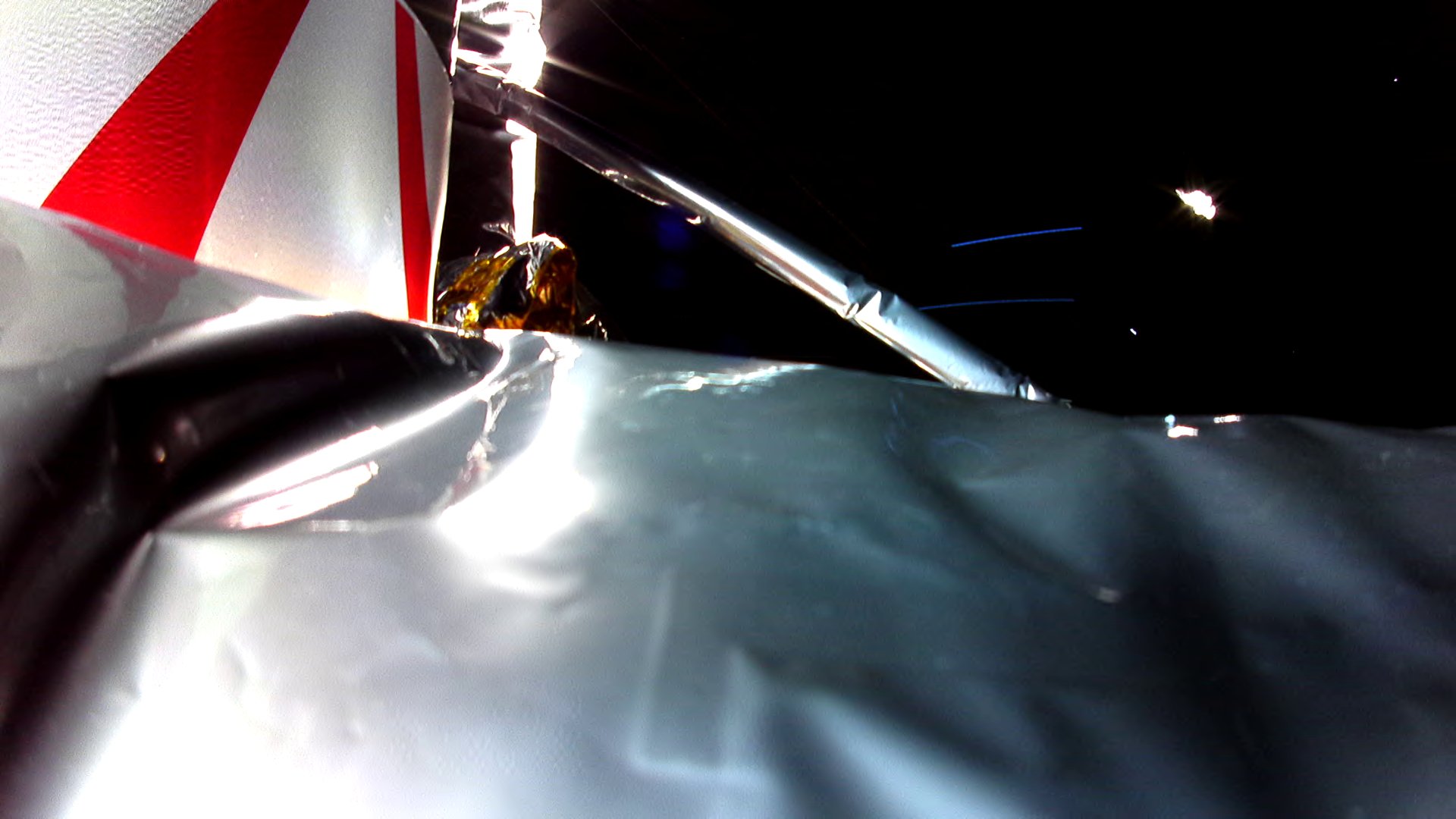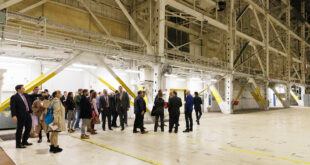
Milan, 10th January 2024 – The possible cause of Peregrine spacecrafts’s propulsion anomaly might be a valve between the helium pressurant and the oxidizer, which might have failed to reseal after actuation during inizialization, Astrobotic announced on their X channel.
The unsealed valve could have led to a rush of high-pressure of helium, which spiked the pressure in the oxidizer tank beyond its operating limit and subsequently ruptured the tank. Astrobotic also confirms that a full analysis report will be issued by a formal review board, once the mission is complete.
As per the 9th of January, Astrobotic confirmed that the spacecraft will have more or less 32 hours of life before running out of propellant. Albeit this excludes a soft-landing on the Moon, the time is still enough to collect some important data for components and softwares, which might be used for their next lunar lander mission, Griffin.
Together with data, Peregrine is also sending some stunning images from his deck’s cameras, showing some of the several payloads that the spacecraft carried for his mission to the Moon.
The next CLPS launch is scheduled for no earlier than mid-February. The spacecraft involved is of a different design and built by another company, Intuitive Machines in Houston, Texas. It’s not clear what impact the Peregrine problems will have on that launch. Astrobotic is also slated to launch another CLPS mission — to send Griffin, a large lander with NASA’s VIPER Moon rover (an ice-drilling rover targeting the lunar south pole) — no earlier than November 2024.
 SpaceWatch.Global An independent perspective on space
SpaceWatch.Global An independent perspective on space




